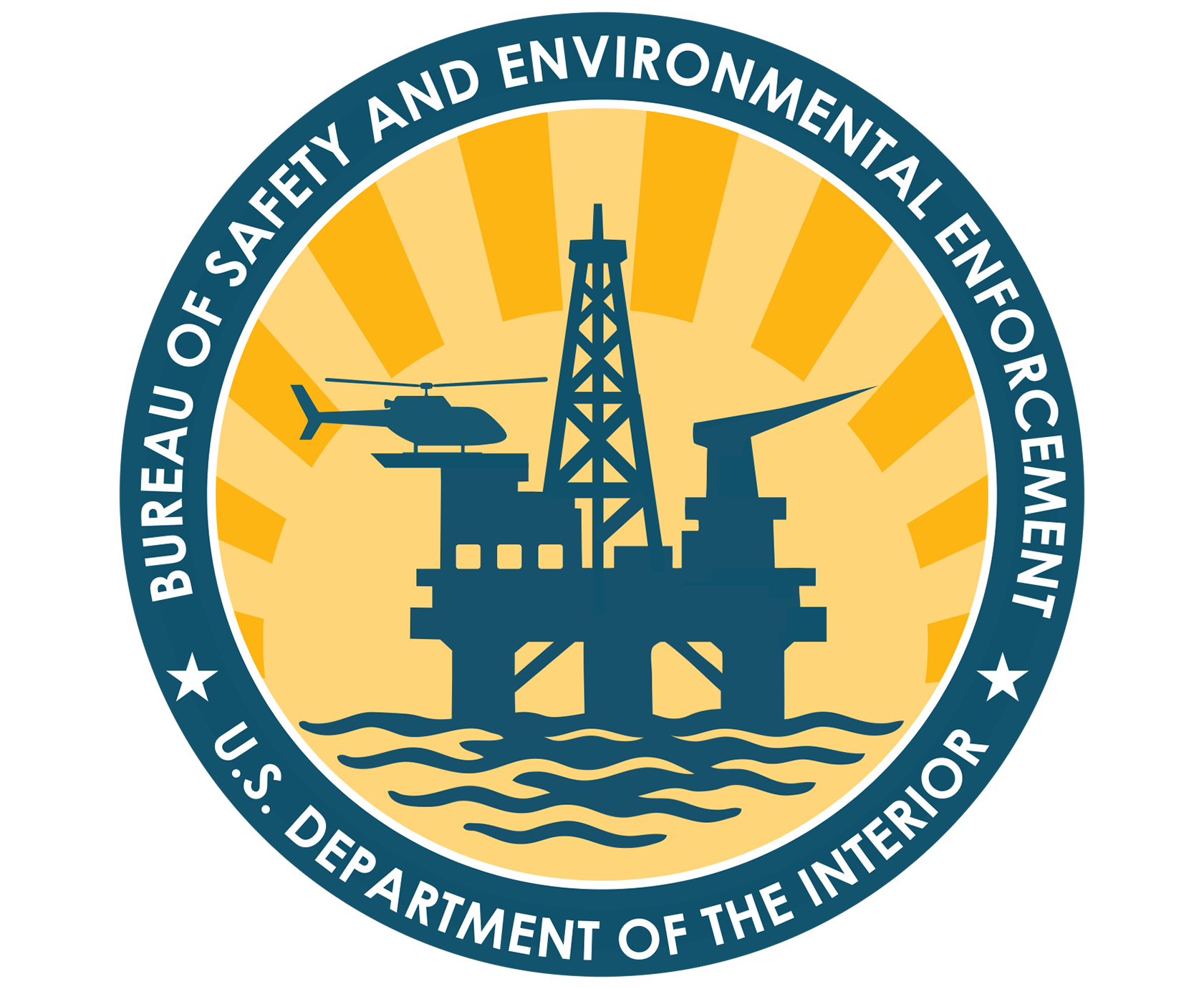Sensor technology at the time of this study was capable of measuring and monitoring SCR response with relative precision and accuracy, using a combination of different sensors and methods. However the application of that technology to the offshore environment, where access is limited, installation is difficult and environmental conditions such as pressure and temperature are extreme, was not accomplished as effectively. The measurement and detection of corrosion and crack growth was even more limited. Methods such as intelligent pigging required very costly shut downs and thus were prohibitive. No one inspection method was capable of fully interrogating a riser, however a combination of complimentary inspection methods as well as metallurgical, operational history and process knowledge provided a more complete picture compared with any single inspection method. This integrated approach provided by this study was intended to provide the most effective basis for the management of a riser available.
In order to achieve this goal a clear understanding of the limitations and advantages of each technique was necessary. Short term monitoring and inspection of a riser and environmental variables was expected to enable designers to better predict structural response and requirements for a given set of variables, and long term periodic monitoring was expected to allow a concise integrity management strategy to be implemented for the entire field. This project was intended to identify emerging technologies, technology gaps, and monitoring techniques; develop SCR validations approach, integrity management methodology, and integrity management guidelines; and provide an industry forum for sharing of technology.
Completed. MMS, in conjunction with the Dept. of Transportation, Pipeline Hazardous Materials Safety Administration, funded the first phase of this research effort. The attached report provides a summary of the activities and findings made during the portion of MMS/PHMSA funding.
